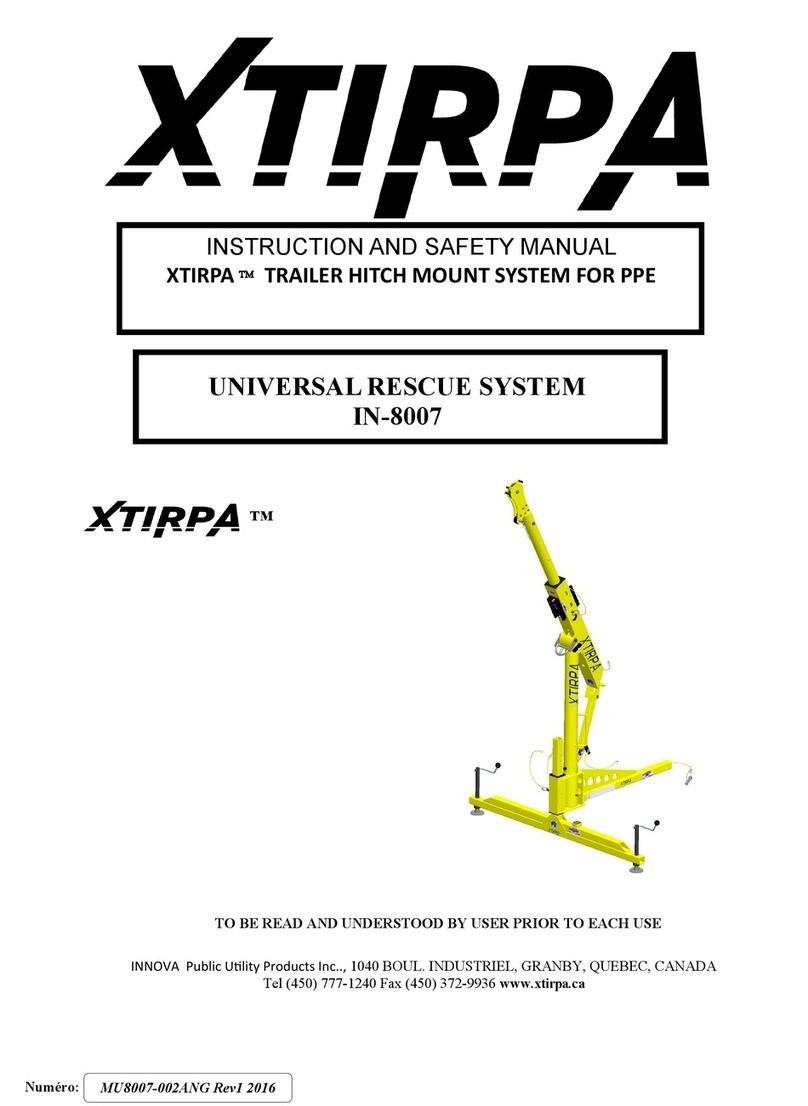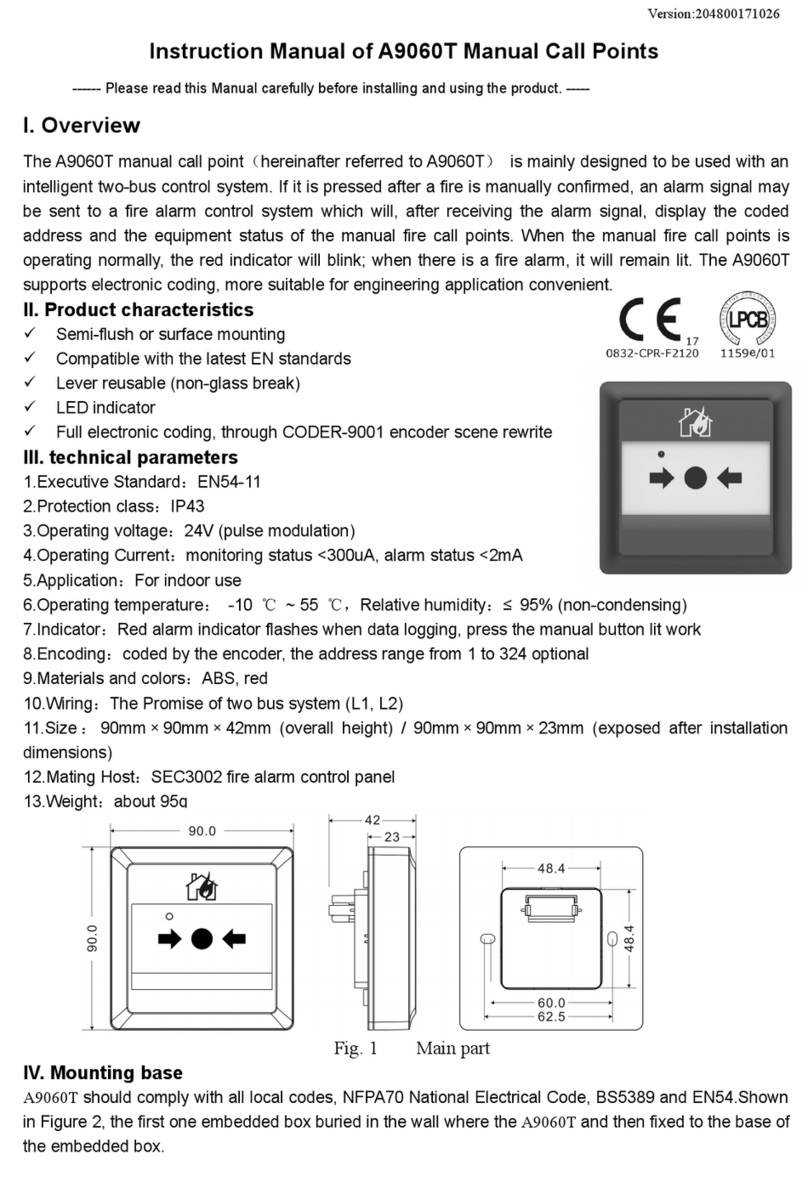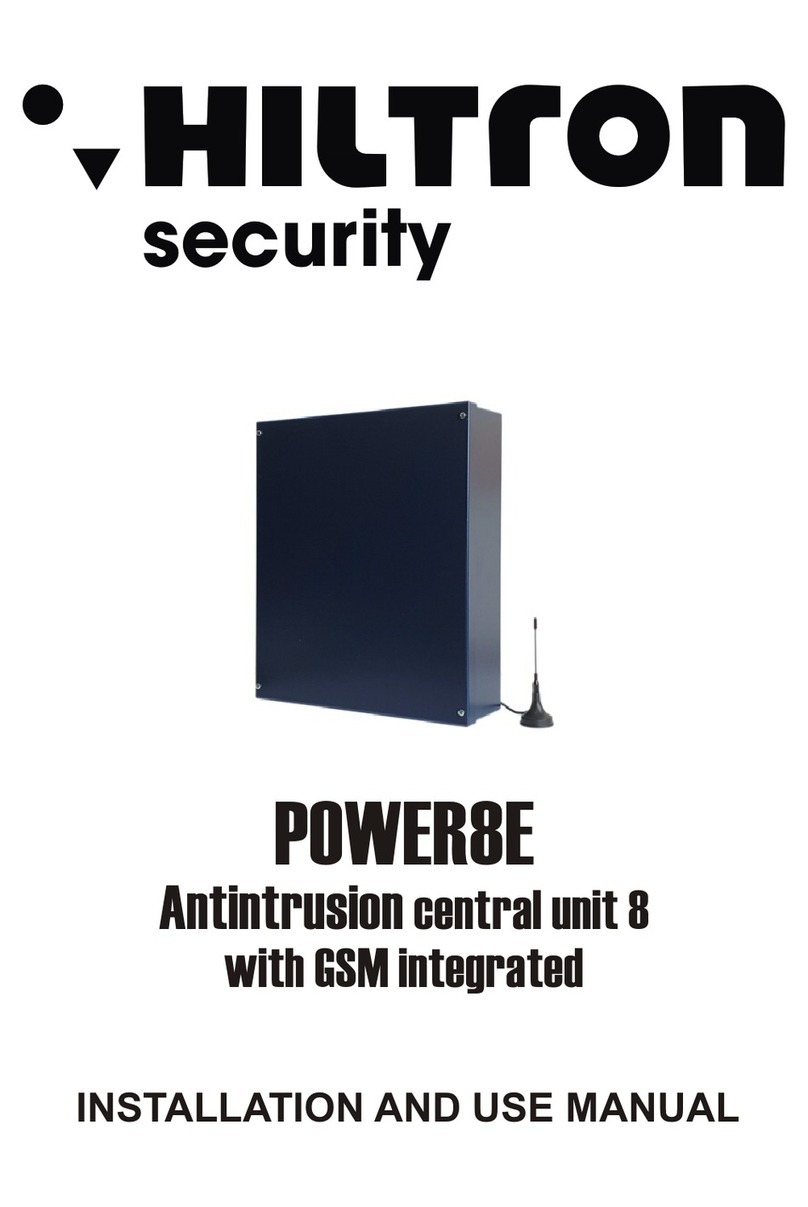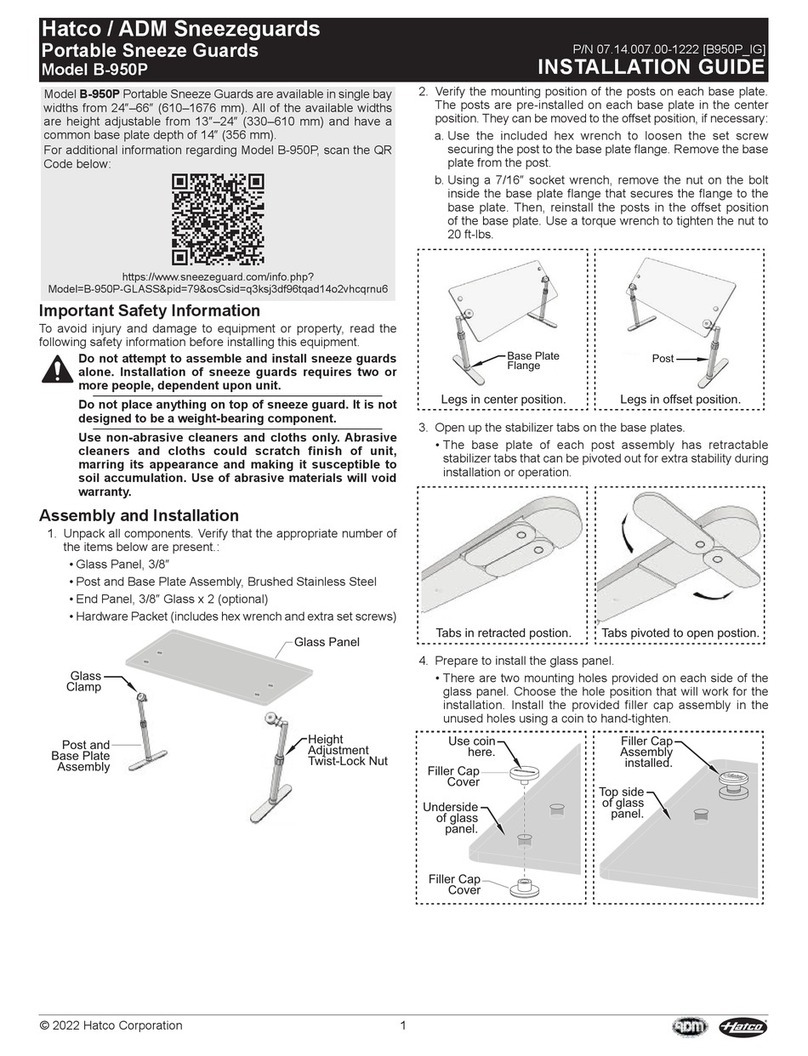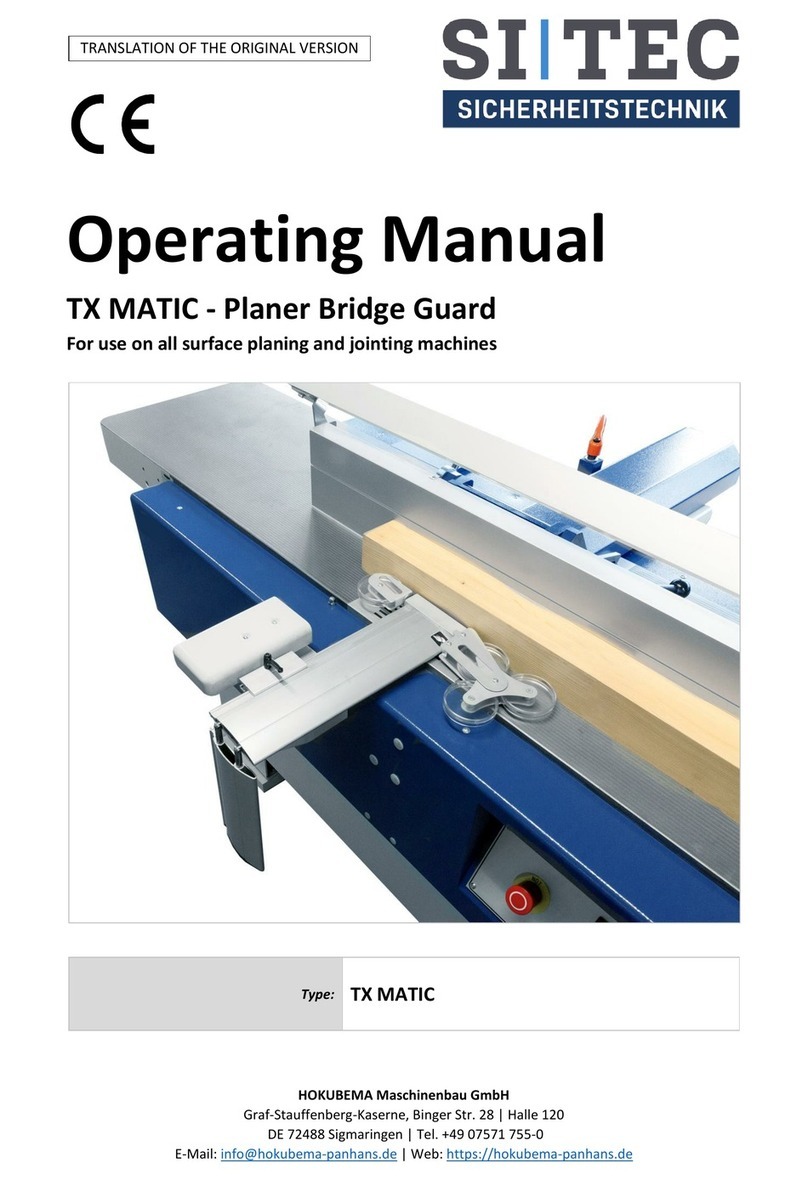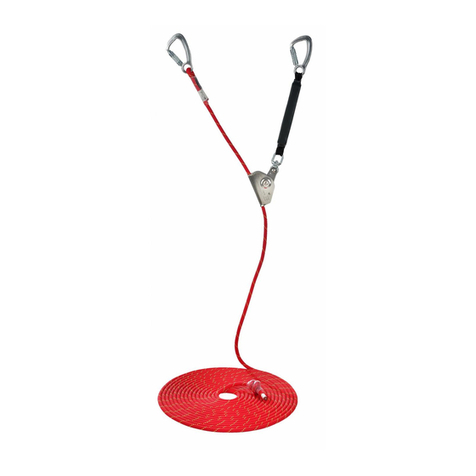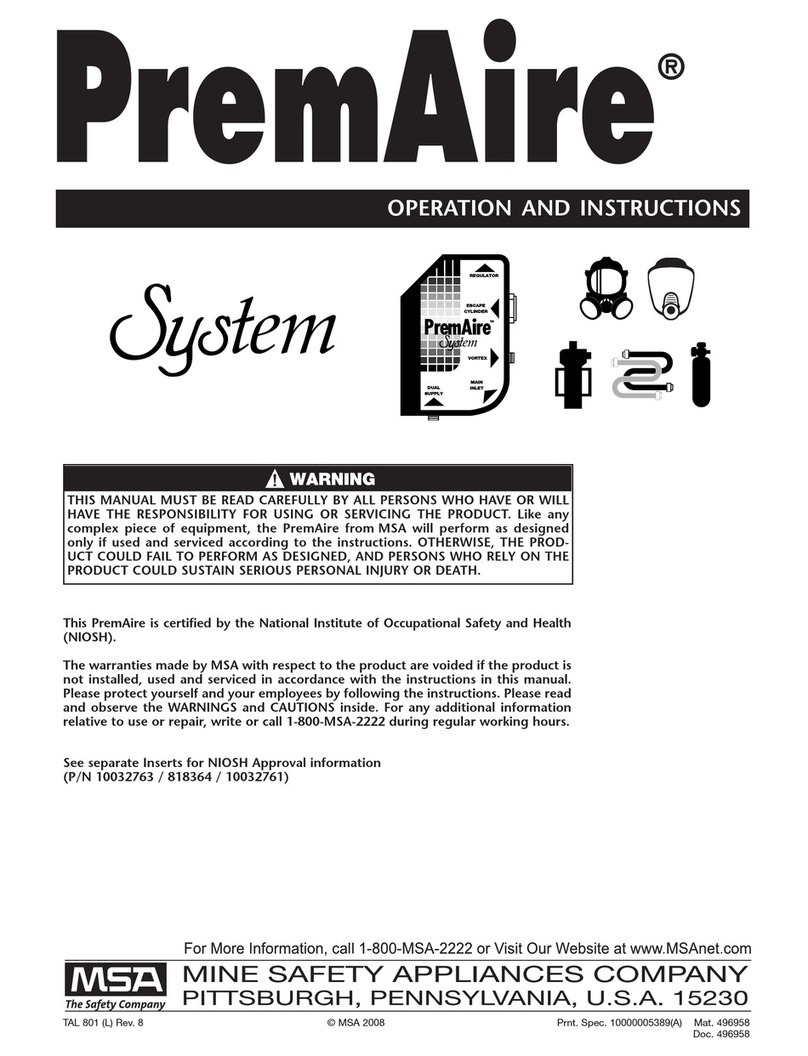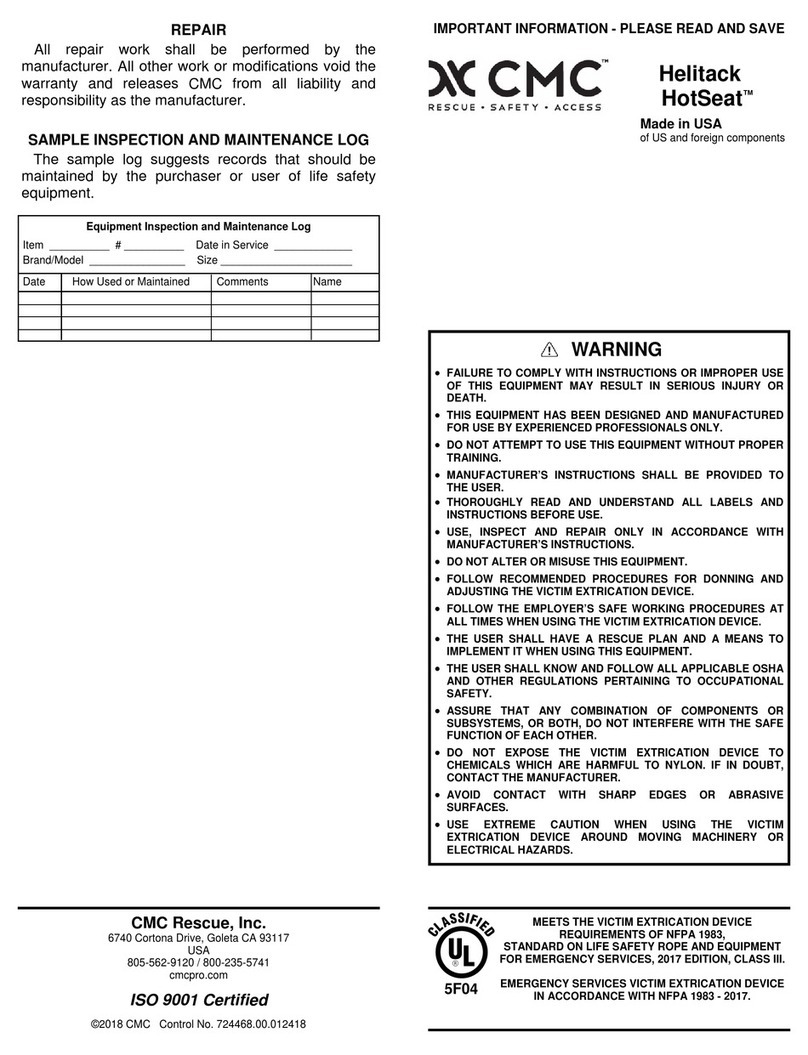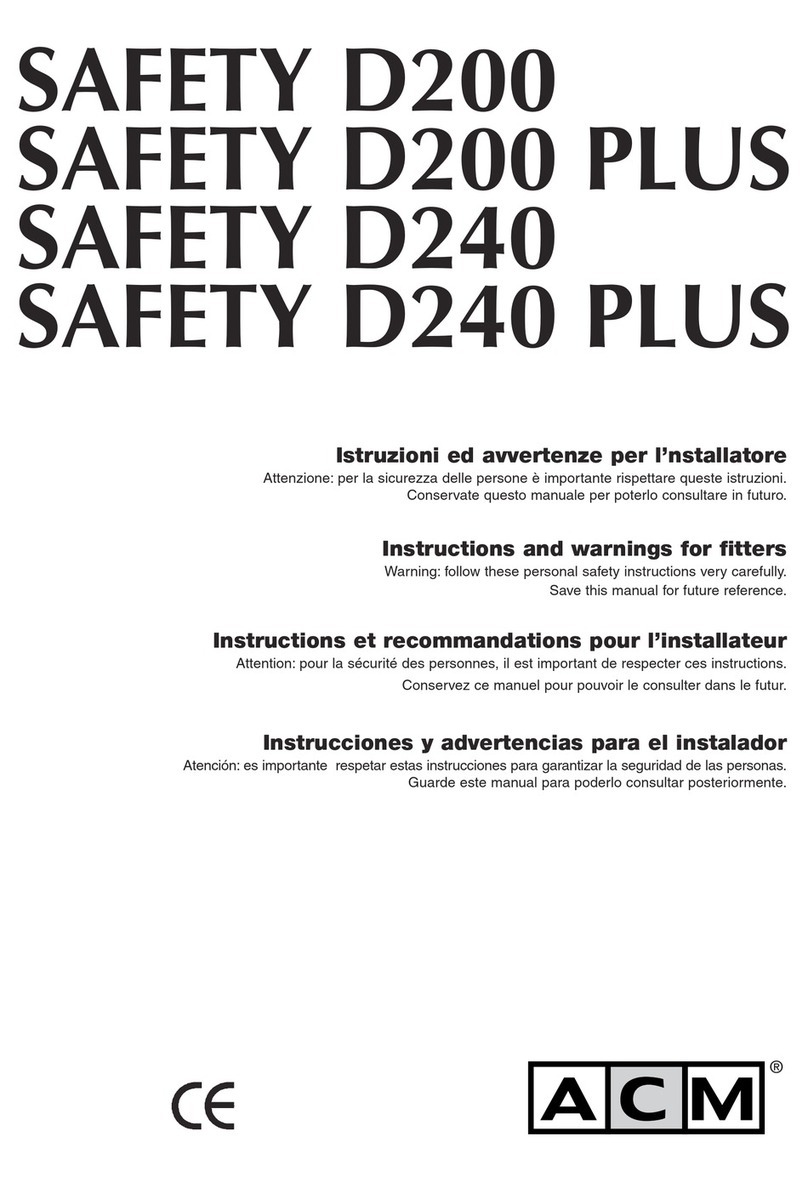
Contents
1.0 Introduction ..................................................................................................................................... 9
2.0 Incubator set-up ............................................................................................................................ 10
2.1 Docking Station .......................................................................................................................... 10
2.2 Battery Removal ........................................................................................................................ 11
2.3 Battery Charging ........................................................................................................................ 11
2.4 Vehicle Power ............................................................................................................................ 12
2.5 Fuse ............................................................................................................................................ 12
3.0 Operating instructions ................................................................................................................... 13
3.1 Incubator controls ...................................................................................................................... 13
3.2 Getting started ........................................................................................................................... 14
3.3 Menu Options ............................................................................................................................ 14
3.3.1 Menu sequence .................................................................................................................. 15
3.3.2 Start Screen (Figure 1.1) ..................................................................................................... 16
3.3.3 37°C Program (Fig 1.2) ........................................................................................................ 17
3.3.4 44°C Program (Fig1.3) ......................................................................................................... 18
3.3.5 User defined Program (Fig 1.4) ........................................................................................... 19
3.3.6 Resetting the timer (Fig 1.5) ............................................................................................... 19
3.3.7 Incubation cycle time setting (Fig 1.6) ................................................................................ 20
3.3.8 User defined temperature setting (Fig1.7) ......................................................................... 20
3.3.9 Calibration (Fig 1.8) ............................................................................................................. 21
4.0 Care and Maintenance ................................................................................................................... 22
4.1 General ...................................................................................................................................... 22
4.2 Cleaning ..................................................................................................................................... 22
4.3 Maintenance .............................................................................................................................. 23
5.0 Technical Specification ................................................................................................................... 23
5.1 Docking station: ......................................................................................................................... 23
5.2 Incubator: ................................................................................................................................... 24
6.0 Guarantee and Assistance ............................................................................................................. 24





